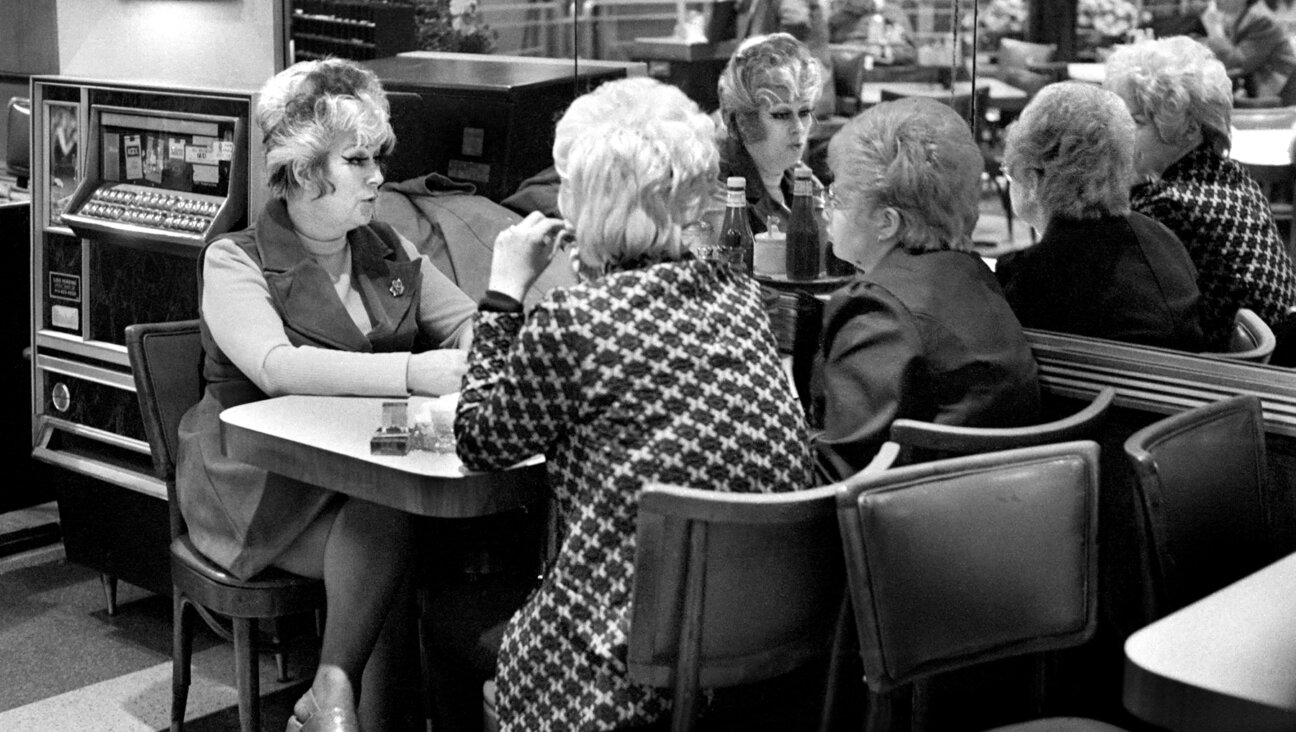The Humble Knish Gets Its Own Book

Thinkstock
“Proust had his Madeleine, Jewish New Yorkers had their knishes,” writes Laura Silver in her new book “Knish: In Search of the Jewish Soul Food.” Silver, a food writer and self-proclaimed knish scholar has been tracking the knish — and feasting on them — for over a decade. This is a woman who takes her knishes seriously.
In 2005, when Mrs. Stahl’s, her favorite knish emporium, closed its doors after 70 years of serving top notch knishes she “whimpered and clung to the stalk of a parking meter.”
“Even for those of us who saw it coming,” she laments in her book, “the loss of Mrs. Stahl’s was unthinkable. The absence of knishes made for a black hole within a void, within the pit of a person’s stomach.”
Fearing that her beloved “pillow of filling tucked into a skin of dough” was becoming an endangered species, Silver devoted herself to learning as much as she could about the potato pastry that, she claims, “shaped her identity.” The result is this 300 page, generously illustrated book, covering 300 years of cultural and culinary history.
If you need to know anything about the knish, this is your book.
After describing the 100-year-ago heyday of the New York knish, when dozens of venues like “Gabila’s” and “Ruby the Knish Man” thrived, Silver expands her quest geographically, tracking the rise and fall of knishes and knisheries from Poland to Paris, California to Canada.
You’ll learn about every possible kind of knish. The cocktail knish. The blueberry cheese knish. The broccoli knish. The kasha knish. (Silver’s favorite.) The sweet potato knish. Even the square knish.
If it’s knish-related, Silver is on it. The first appearance of the word “knish” in the dictionary? Webster’s, 1916. The world record for competitive knish eating? Eleven knishes in 18 minutes. What do Enrico Caruso, Teddy Roosevelt and Leon Trostsky have in common? All three were known to have eaten a knish.
Silver tracks down every time the knish has made an appearance in popular culture, from Yiddish theatre to “Welcome Back Kotter.“ On TV, Silver recalls a Muppet character named “Sid Knishes.” She uncovers a connection between the knish and Eleanor Roosevelt and shares a document called “The Ten Knish Commandments,” written in the 1920s.
Silver also reveals that “knish” is Yiddish slang for the word “vagina.” (We’re trying to erase that fact from our minds.)
Mixed into the history of the knish is Silver’s personal and family history, and an exploration of her own emotional attachment to the pastry.
Although it contains footnotes, and is published by a university press, “Knish” is anything but a scholarly tome. Rather, it’s a rambling “knish-mash” of tall tales, family lore, researched history, anecdotes, meditation and reminiscence, held together more with love than logic.
In the appendix, there’s a definitive knish recipe as well as a useful list of “Where To Get a Good Knish.”
Silver, who writes about food for the New York Times and Forward, has become a one woman juggernaut of knish appreciation lecturing on the potato bombs and running a dedicated knish website. She hopes to “lay the foundation for a global knish renaissance.”
The book is due out just in time for International Knish Week, which begins May 5th.
Roz Warren writes for the New York Times, the Funny Times, the Huffington Post and the Christian Science Monitor. Visit her website www.rosalindwarren.com, connect with her on Facebook or follow her on Twitter @WriterRozWarren.
A version of this story first appeared on Women’s Voices for Change.

I hope you appreciated this article. Before you go, I’d like to ask you to please support the Forward’s award-winning journalism this Passover.
In this age of misinformation, our work is needed like never before. We report on the news that matters most to American Jews, driven by truth, not ideology.
At a time when newsrooms are closing or cutting back, the Forward has removed its paywall. That means for the first time in our 126-year history, Forward journalism is free to everyone, everywhere. With an ongoing war, rising antisemitism, and a flood of disinformation that may affect the upcoming election, we believe that free and open access to Jewish journalism is imperative.
Readers like you make it all possible. Right now, we’re in the middle of our Passover Pledge Drive and we need 500 people to step up and make a gift to sustain our trustworthy, independent journalism.
Make a gift of any size and become a Forward member today. You’ll support our mission to tell the American Jewish story fully and fairly.
— Rachel Fishman Feddersen, Publisher and CEO
Join our mission to tell the Jewish story fully and fairly.
Our Goal: 500 gifts during our Passover Pledge Drive!
























